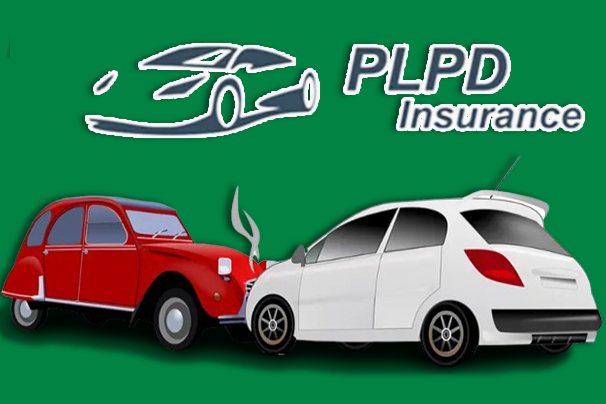It is a must for drivers to have a certain minimum amount of car insurance coverage to drive a car. This is to offer financial protection in case of an unexpected event like an accident where they are found at fault. Car insurance covers the cost of repairs to another party’s car damages and medical bills in case of bodily injuries. In cases like this, PLPD insurance comes in handy.

Personal liability and property damage insurance, abbreviated as PLPD insurance, is the minimum amount of car insurance coverage required by a state for its drivers. This means every driver is required to have this car insurance policy to be a legal driver in these states. However, whether the state requires it or not, it is a good idea to get this car insurance.
PLPD offers financial coverage for the other driver’s medical and property damage. At-fault policyholders can easily manage unexpected bills related to third-party driver’s car damage and injuries caused by accidents. This comprehensive write-up provides all the necessary information about this insurance to assist in making informed decisions.
What PLPD Insurance Covers
PLPD offers coverage for different damages and expenses related to the other driver’s vehicle. PLPD is divided into two types of coverage: personal liability and property damage policy.
Personal Liability Insurance
This insurance coverage, commonly known as bodily injury coverage, covers medical expenses when a policyholder is at fault for a collision and the driver and its passengers require medical services.
Property Damage Insurance
This car insurance offers coverage for repairs and replacements for damages caused by an at-fault policyholder to another driver’s vehicle. Aside from this, this insurance also covers damages to other structures like damaged fences and so on.
What Does PLPD Insurance Not Cover?
Unlike other car policies, PLPD does not cover injuries or damages related to an at-fault policyholder’s vehicle. However, it covers the damages caused by a policyholder to another driver. The following coverage is not covered by this car insurance policy:
Damage to Vehicle
This insurance coverage covers the repairs and replacement of the damages to the other driver’s vehicle if the accident was your fault. Meanwhile you make out-of-pocket payments for your car repairs.
Medical Bills
In cases where you are at fault for a collision leading to bodily injuries and you only purchased liability coverage, your PLPD policy will not cover it. However, if you have health insurance coverage, your medical bills may be covered.
How Much PLPD Insurance Do I Need?
While every state has its minimum PLPD insurance limit, car insurance companies will not sell PLPD insurance for less than the required limit. It is advisable to purchase this insurance higher than the mandatory limit set by the state. In cases where you are at fault for a collision and the property damage cost or medical bills of the other driver are more than your policy limit, you will have to pay the rest out of pocket. For this reason, it is advisable to purchase coverage with higher limits.
How can I get PLPD insurance?
To obtain PLPD insurance, you can either visit a car insurance company in person or contact an insurance agent. Aside from these, you can also get PLPD insurance online through different insurance provider websites. Purchasing car insurance online allows you to compare insurance rates and quotes easily. PLPD insurance coverage can be easily applied for by providing personal details, car information, driving record, and other insurance coverage.
Differences Between PLPD and Full-Coverage Insurance?
PLPD car insurance offers coverage for damages and medical expenses to other vehicles when the policyholder is at fault. This insurance does not cover damages made to your vehicle, but full-coverage car insurance does. With PLPD, at-fault policyholders have to pay out of pocket for damages made to their cars, while full-coverage insurance covers the damages and medical expenses of the policyholder. In cases where you desire car insurance coverage that covers both you and the other drivers, you should go for full coverage insurance. With the full coverage, you will get a wide list of different insurance policies you can choose from, while PLPD is a single coverage.



